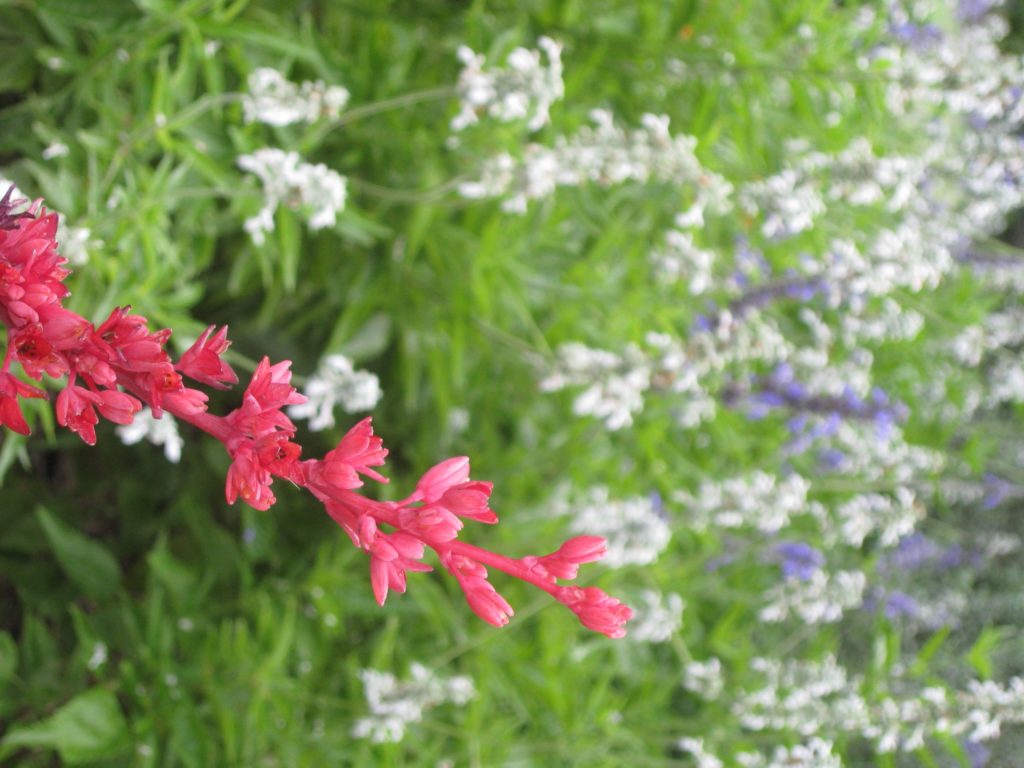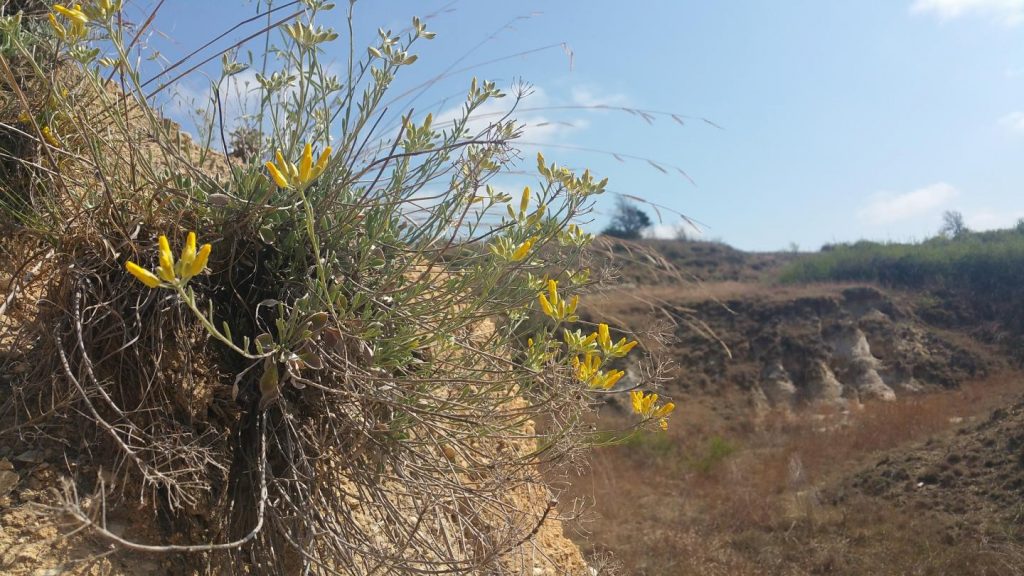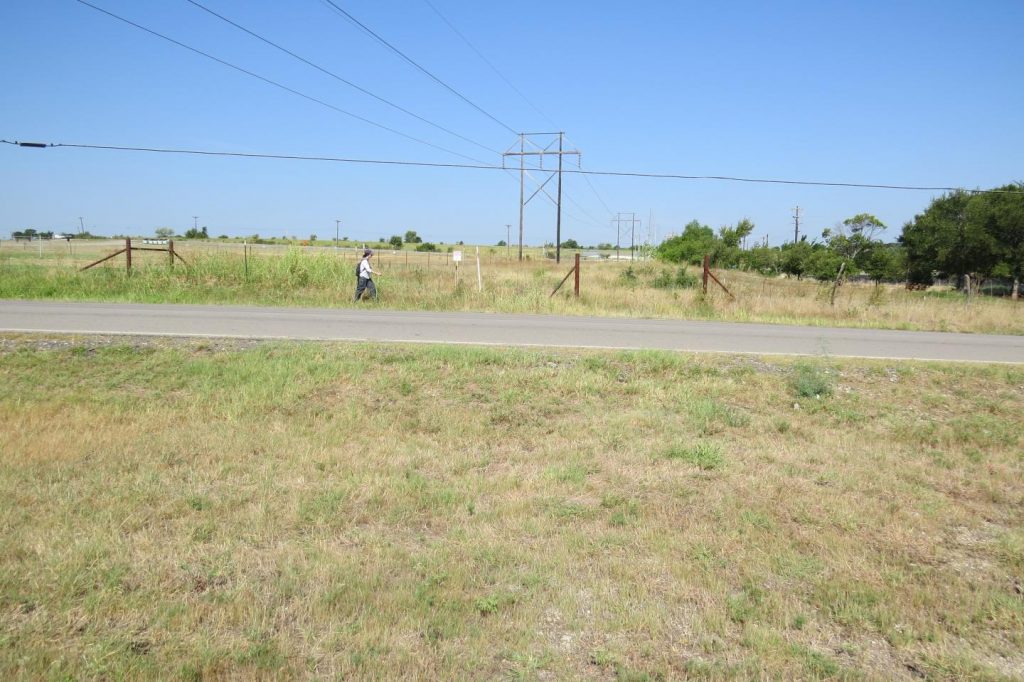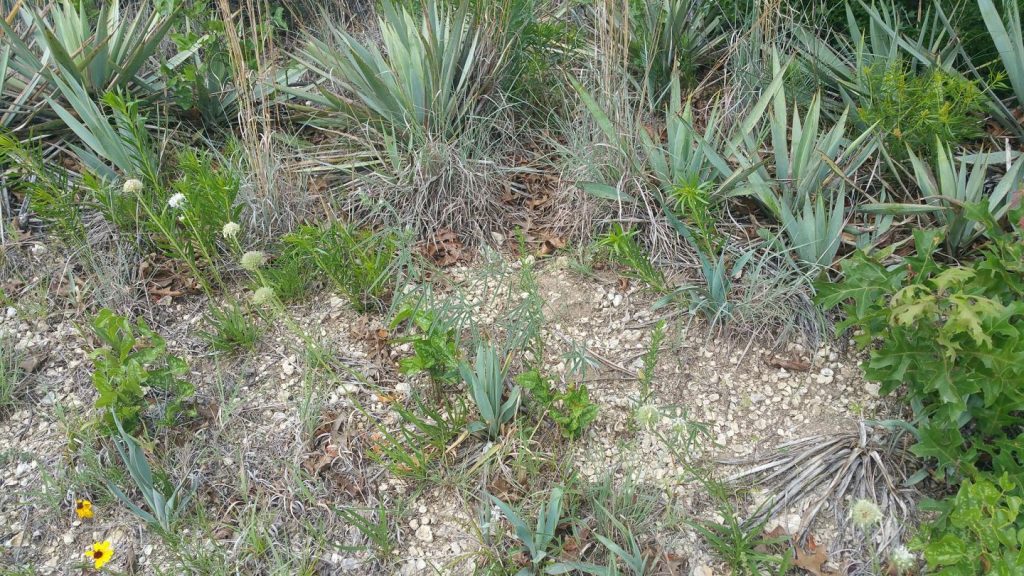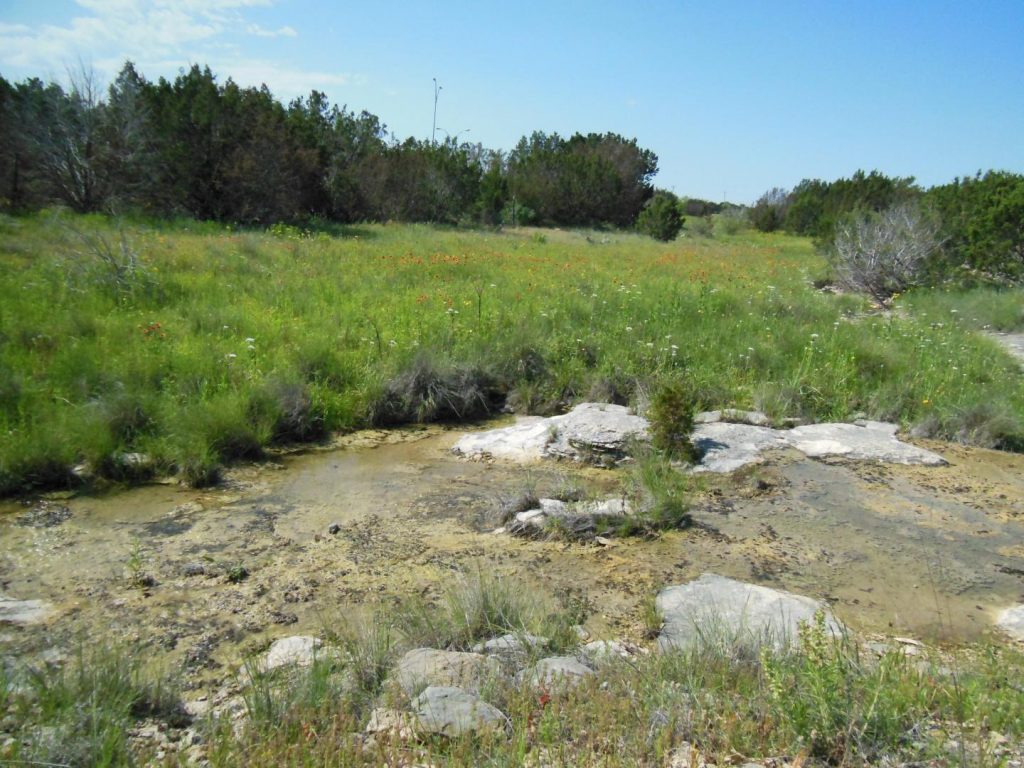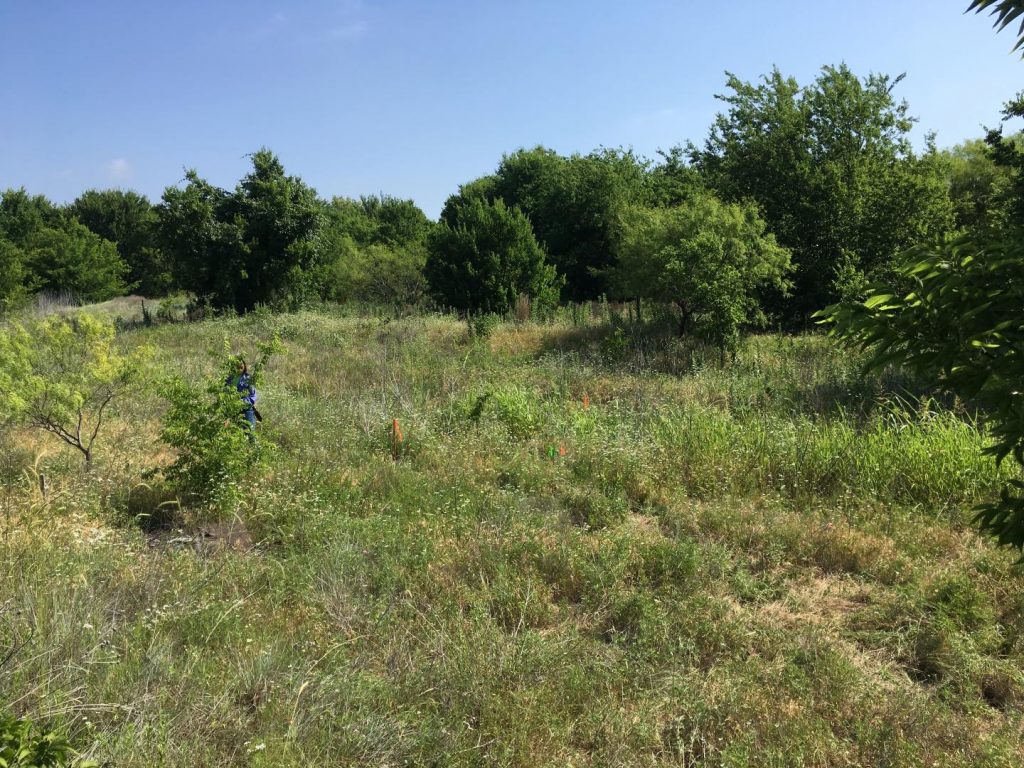
TPCC 2023 – Exhibitors
The Texas Plant Conservation Conference is a professional-level meeting serving scientists, land managers, state and federal agencies, local governments, and other professionals with an interest in plant conservation in Texas and adjacent regions. Conference attendees explore current research and conservation projects on rare plants, native plant communities, plant monitoring methods, and plant management practices for native Texas plants. This conference is ideal for conservation organizations, agencies, academics and members of the public interested in native plant conservation.



